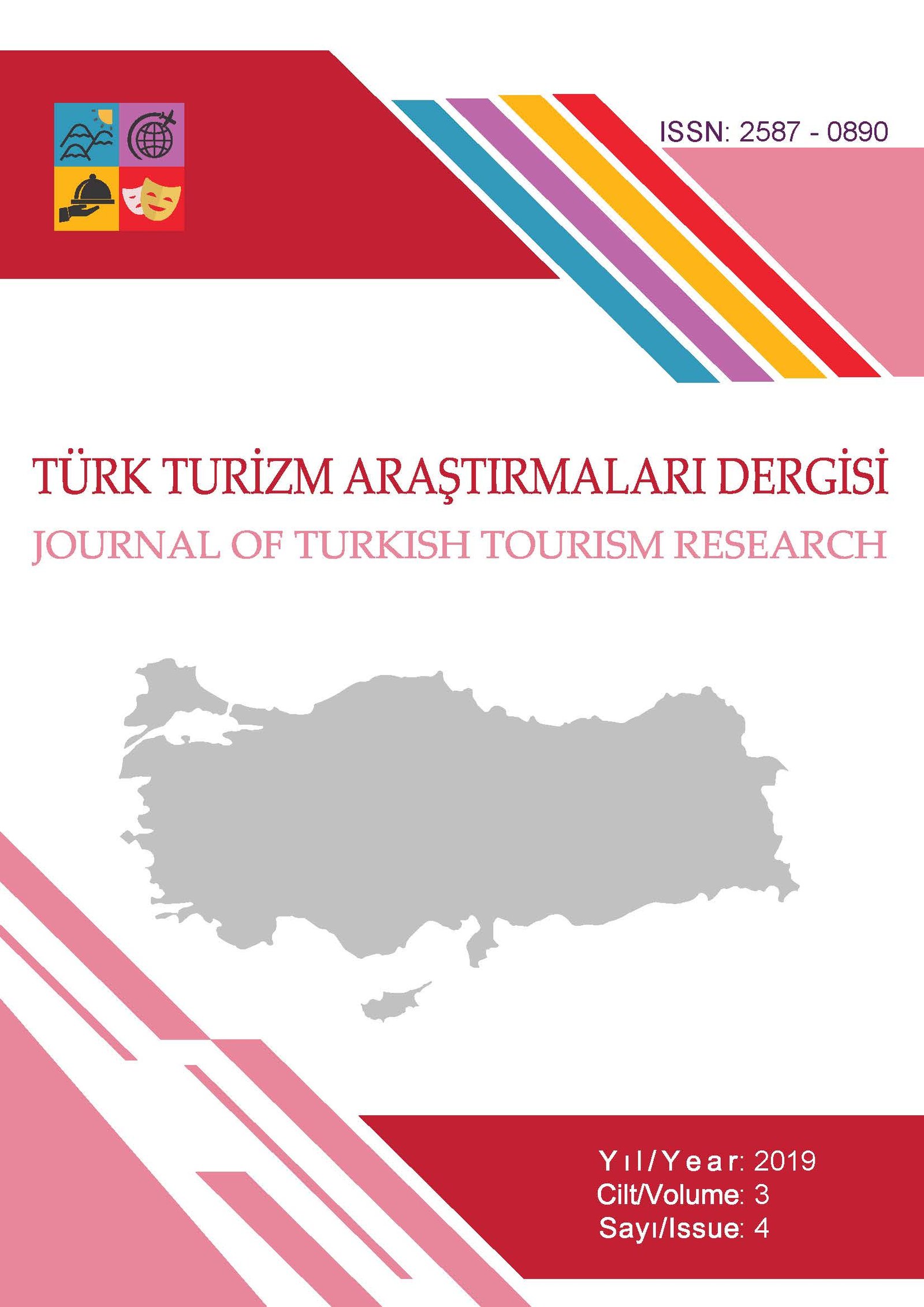Beş Duyu, Tat Alma Duyusu ve Lezzetin Alegorisi
##plugins.themes.bootstrap3.article.main##
Özet
Aristoteles’in beş duyuya dair ileri sürdüğü kuram Avrupa’da tıp bilimlerinin yanı sıra güzel sanatlar, edebiyat ve felsefe alanında pek çok düşünürün ilgisini çekmişti. Beş duyunun yeniden yorumlanması resim sanatında da oldukça rağbet görmüştü. Resim sanatı, dünyevi gerçeklikler hakkında bilgi toplayan duyuların işleyişini genellikle somut gerçekliklerin ötesindeki ilahi dünyayı çağrıştırmada kullanıyordu. Bu yaklaşım ışığında beş duyunun resim sanatındaki yansımaları kutsal kitaplardan besleniyordu. Yeme eyleminin izini süren bu çalışma, beş duyu ve özellikle tat alma duyusunun resim sanatındaki temsillerini incelemektedir. Araştırmasını yaparken dinden, tarihten, mitolojiden ve ikonografiden yararlanmakta ve resimde görülen yüzeysel gerçekliklerin arkasındaki metaforik anlamları açığa çıkarmaktadır. Ele aldığı resim sanatı örnekleri, tat alma duyusunun insanların hayvanlarla ortak sahip olduğu ilkel bir duyu olduğu ve bu duyunun kötü kullanımının insanı şehvete ve günaha sürükleyeceğini ortaya koymaktadır. İncelenen resim sanatı örneklerinde ilgi çeken bir diğer nokta ise yeme günahının genellikle kadın öğesi ile temsil edilmiş olmasıdır.
##plugins.themes.bootstrap3.article.details##

Bu çalışma Creative Commons Attribution-NoDerivatives 4.0 International License ile lisanslanmıştır.

